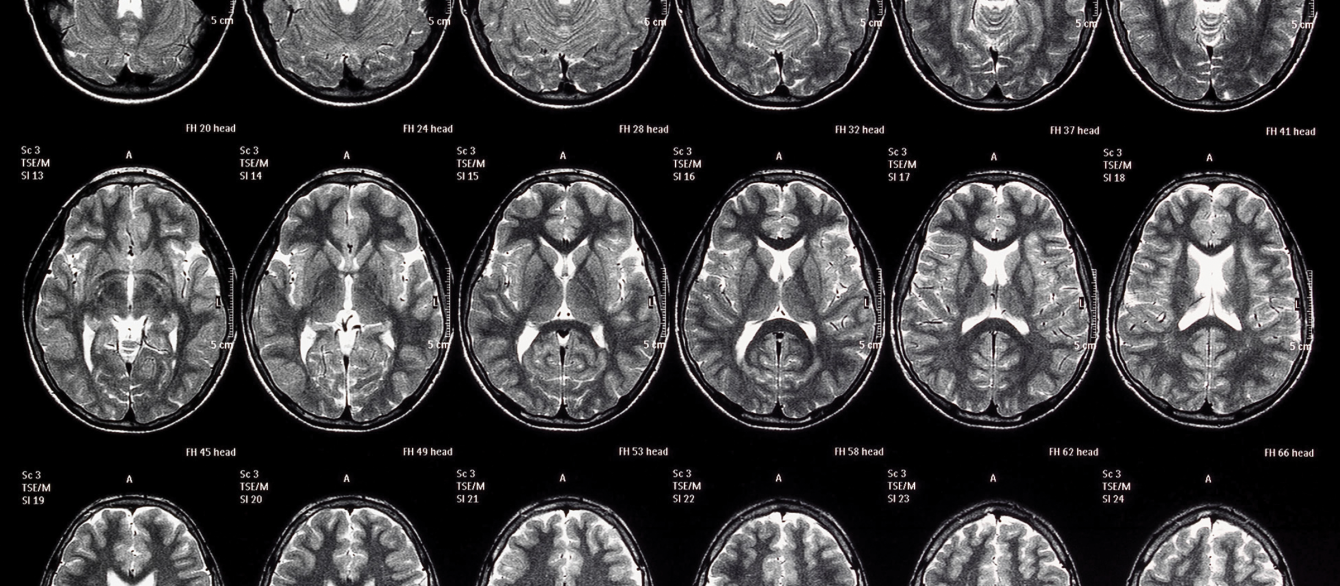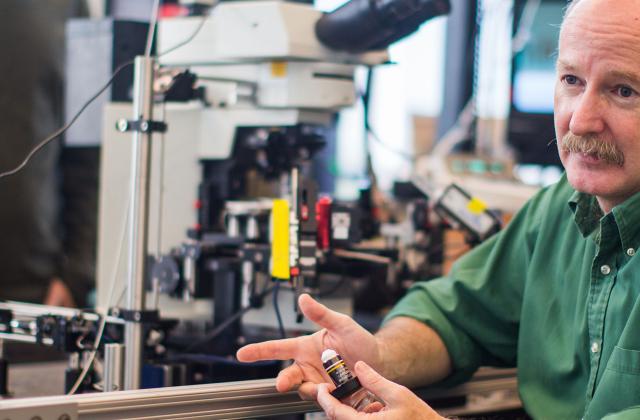What does poverty do to kids’ brains?

Columbia researcher Kimberly Noble is uncovering how poverty affects children’s brains. Using MRI, she and her colleagues have identified key differences between those with higher family incomes and more parental education and those with lower incomes and less educated parents.
Noble found that wealthier children had larger surface areas, particularly in the brain regions associated with language and executive functioning. These children also possess a greater brain volume in the frontal lobe, temporal lobe, and hippocampus—the areas of the brain strongly associated with executive function. Even the brains of children of poor parents who were highly educated showed these differences, meaning that poverty itself was sufficient to impede brain development.
Noble’s work illustrates that slight disparities in family income make for large differences in brain development. When poorer families experience small increases in income, the children’s brains show strong signs of growth. And when family income falls below a certain level, so too does children’s brain development: children from families making less than $25,000 possess six percent less brain surface than children in families making $150,000 or more.
These studies hold significant implications for health and education policy. By working to move families out of poverty, we could support children’s developing brains. Learn more.
Make Your Commitment Today




